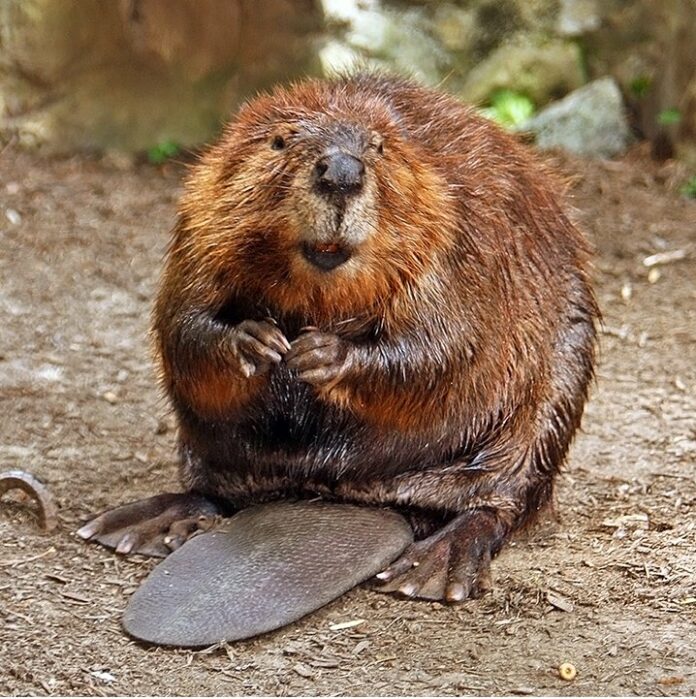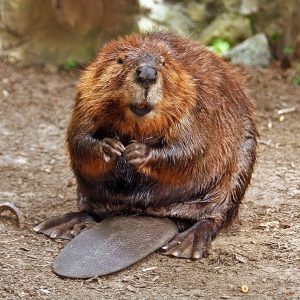
BY HANNES THUM

A couple of weeks ago, I had the opportunity to hear a lot about beavers. A writer named Ben Goldfarb came to town, visiting with my students and speaking at a public event in Ketchum, to tell us about beavers and the roles that they play within the ecosystems in this neck of the world (here’s a hint: they can play a big role).
A few of the things I learned: the beaver is the second largest rodent in the world (after the capybara of South America); beaver tails store a lot of fat, and have more uses than just water-slapping; beaver teeth are orange because they are chemically fortified with iron; and, there was once a species of beaver, extinct now, that was as big as a black bear.
Here’s another interesting little factoid: it is hard to visually determine if a beaver is a male or a female, and the most common way to determine the beaver’s sex is to pick the beaver up bodily and squeeze the scent glands near its cloaca (a cloaca is the orifice where a beaver’s urine and feces are evacuated from, as well as where its reproductive organs are) and see what smell emanates from them. If the secretion smells like motor oil, you have a male. If it smells like old cheese, you have a female.
It turns out that if you want to be a beaver biologist, you need to get comfortable squeezing those scent glands.
Beavers, as we all know, build dams in streams. They do so to make a safe area (the pond) for them to live, safe from terrestrial predators. But, if a pond already exists, or if a river is broad and slow enough for them to hang out in without getting washed away, they will build a lodge without having to build a dam first.
That so much could be said about just one critter is fascinating. Beavers are charismatic in that sense—they are exceptional and weird and unique in all of the things they do.
Of course, the fact that beavers like to dam up streams and flood valley bottoms is one of the reasons that their populations are so much lower in the West than they once were. Humans, too, like to live in homes alongside pretty creeks, and so conflict is going to be inevitable—generally, it’s the beavers that are going to be extirpated (or killed) when flooding impacts our property.
However, it is the goal of Mr. Goldfarb and his new book (which I have enjoyed so far) to get us to be a bit more tolerant of these critters. There is no animal quite like them, and there is no animal quite as important to natural systems in this area: they slow down spring runoff, store water and recharge aquifers, and create habitat for other species who like the ponds created by beaver colonies. It may be argued that learning to coexist with these creatures could be the next great ecological project to work on in the West.
Hannes Thum is a Wood River Valley native and has spent most of his life exploring what our local ecosystems have to offer. He currently teaches science at Sun Valley Community School.


